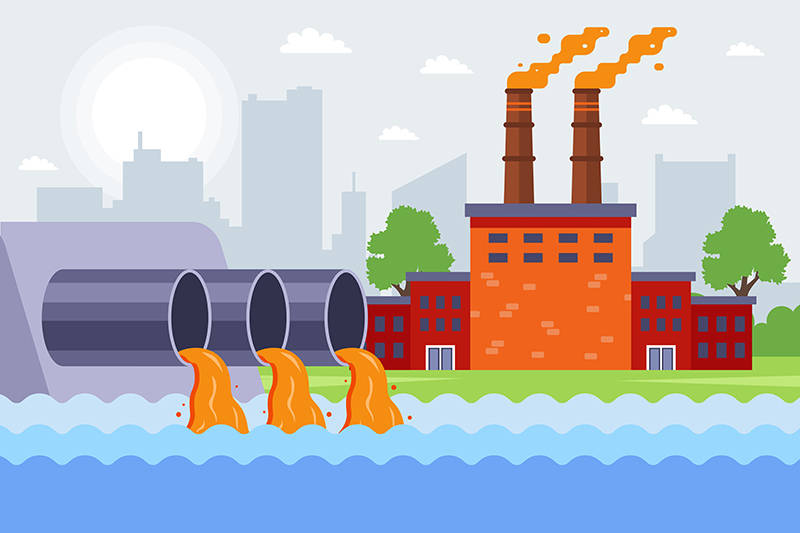poly aluminum chloride
The Role of Poly Aluminum Chloride in Water Treatment
Poly Aluminum Chloride (PAC) is an inorganic polymer coagulant widely used in various water treatment processes. Known for its efficiency and effectiveness in removing contaminants from water, PAC has gained significant attention in the fields of municipal water supply, wastewater treatment, and industrial applications. This article delves into the properties, applications, and benefits of PAC in water treatment.
Understanding Poly Aluminum Chloride
Poly Aluminum Chloride is a type of aluminum salt, often appearing as a yellowish or white powder. It is synthesized by the hydrolysis of aluminum chloride, resulting in a product that contains multiple positive aluminum ions. These ions play a crucial role in coagulation processes, where they promote the agglomeration of suspended particles in water, facilitating their removal during filtration.
One of the key characteristics of PAC is its high charge density. This trait allows it to neutralize the negative charges on particulate matter in water more effectively than traditional coagulants, such as aluminum sulfate. The increased charge density leads to the formation of larger flocs, which are easier to filter out. Additionally, PAC operates effectively over a wide pH range, making it versatile for different water quality conditions.
Applications in Water Treatment
PAC is predominantly used in the treatment of drinking water, municipal wastewater, and industrial process water. In drinking water treatment, its effectiveness in removing turbidity, colors, and microorganisms ensures that the water is safe for consumption. The use of PAC helps to meet stringent regulatory standards concerning water quality.
In municipal wastewater treatment, PAC acts as a coagulant during the clarification process, where it aids in the removal of suspended solids and organic matter. This step is crucial for reducing the biochemical oxygen demand (BOD) in effluents, helping to protect aquatic ecosystems.
Moreover, industries such as textiles, paper manufacturing, and food processing utilize PAC for treating process water. In these sectors, PAC can help to manage the high levels of contaminants often found in wastewater, ensuring compliance with environmental regulations.
poly aluminum chloride

Benefits of Using PAC
The advantages of using Poly Aluminum Chloride in water treatment are numerous. Firstly, its superior coagulation efficiency allows for the use of lower dosages compared to conventional coagulants. This can lead to cost savings in both material procurement and handling.
Secondly, PAC produces relatively low residual sludge compared to other coagulants. This reduced sludge volume not only lowers disposal costs but also minimizes the environmental impact associated with sludge management.
Moreover, PAC enhances water clarity and improves the aesthetic quality of treated water, making it more palatable for consumers. Its performance in removing specific contaminants, such as heavy metals and organic pollutants, provides an additional layer of safety in water supplies.
Environmental Considerations
While the benefits of PAC are clear, it is essential to address potential environmental considerations. The production and use of PAC must be managed to minimize any adverse effects on ecosystems. Research into the long-term impacts of aluminum ions in aquatic environments remains ongoing, ensuring that water treatment practices continue to evolve towards sustainability.
Conclusion
Poly Aluminum Chloride stands out as a highly effective coagulant in water treatment processes. Its ability to facilitate the removal of suspended particles, combined with cost efficiency and a reduced environmental footprint, makes it an essential component in both municipal and industrial applications. As water quality standards become increasingly stringent, the importance of effective treatments using compounds like PAC cannot be overstated. The continued research and development in this field will help address any potential environmental concerns while enhancing water purification technologies, ensuring clean and safe water for all.
-
lk-319-special-scale-and-corrosion-inhibitor-for-steel-plants-advanced-solutions-for-industrial-water-systemsNewsAug.22,2025
-
flocculant-water-treatment-essential-chemical-solutions-for-purification-processesNewsAug.22,2025
-
isothiazolinones-versatile-microbial-control-agents-for-industrial-and-consumer-applicationsNewsAug.22,2025
-
scale-inhibitor-key-solutions-for-water-system-scale-preventionNewsAug.22,2025
-
organophosphonates-versatile-scale-inhibitors-for-industrial-water-systemsNewsAug.22,2025
-
scale-and-corrosion-inhibitor-essential-chemical-solutions-for-water-system-maintenanceNewsAug.22,2025





